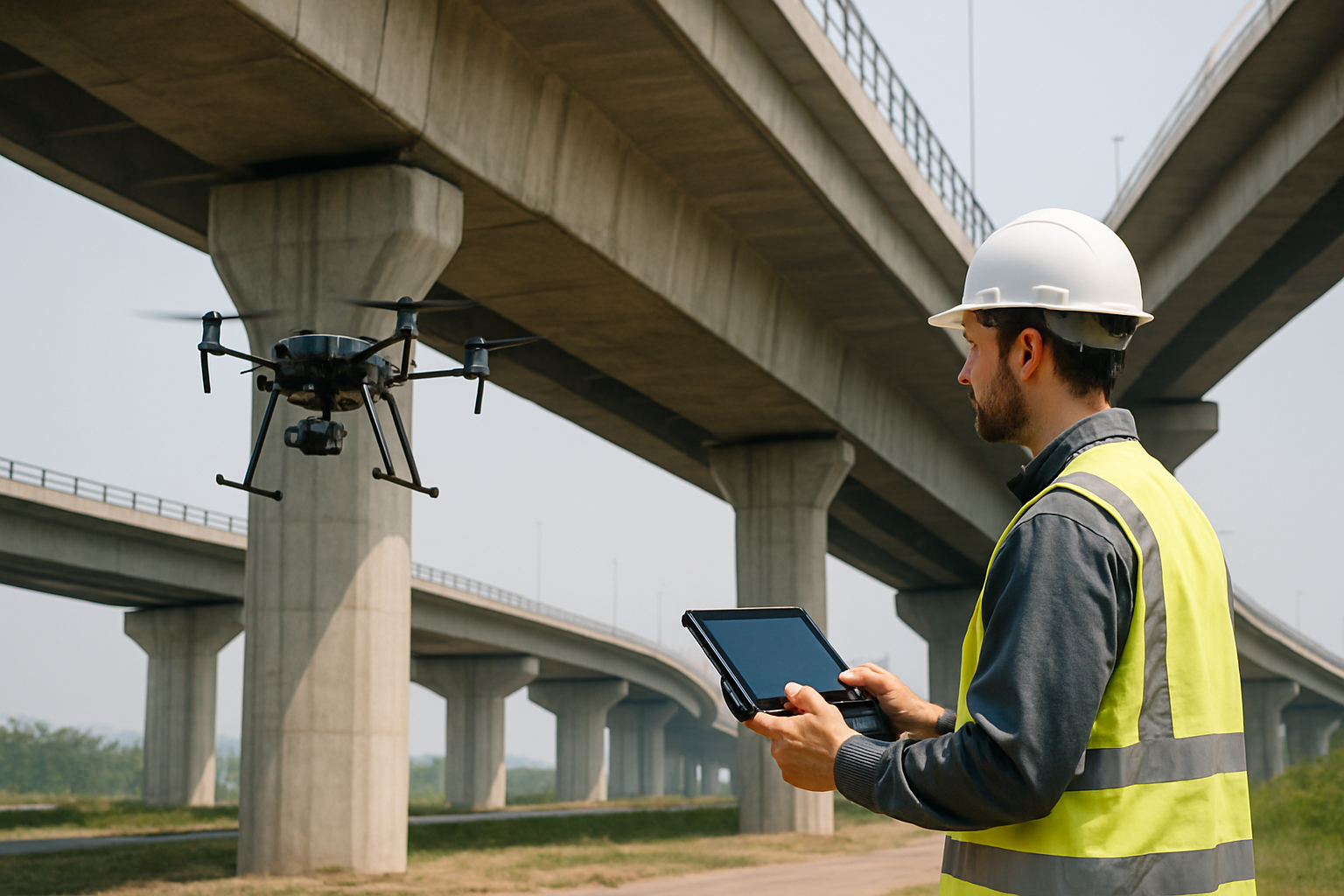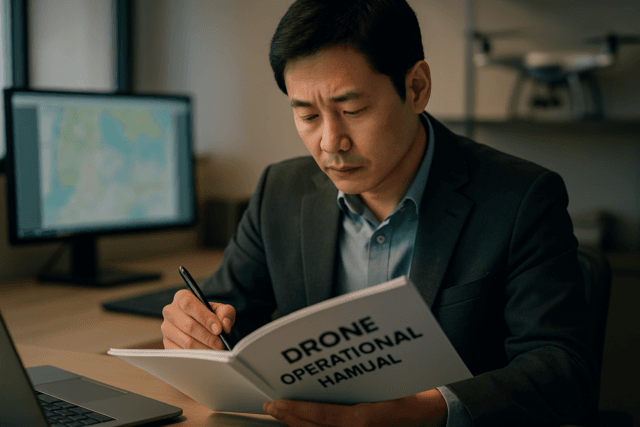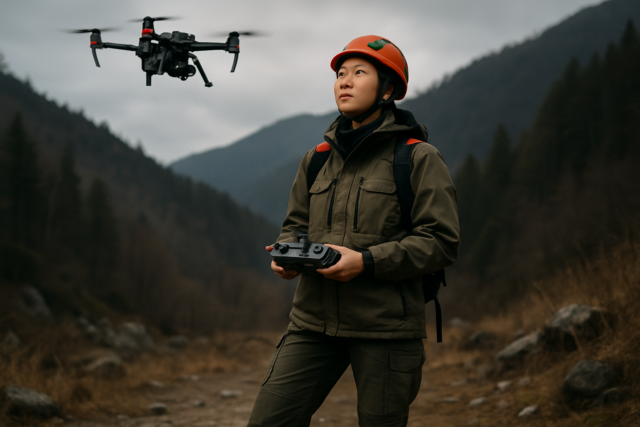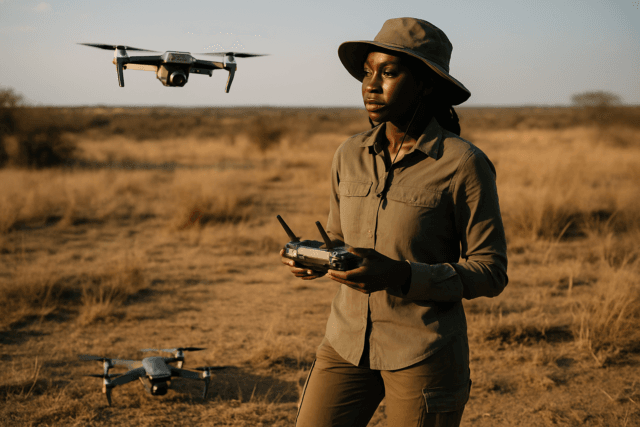The advent of unmanned aerial vehicles (UAVs), commonly known as drones, has revolutionized numerous industries, offering unprecedented capabilities for data collection and analysis. In the realm of public infrastructure inspection, drones present significant advantages, including enhanced safety, cost efficiency, and improved data quality. However, their deployment also introduces a complex web of ethical considerations that must be meticulously addressed to ensure responsible and publicly accepted integration. As an expert in aviation and robotics, with a specialization in drone applications, it is crucial to dissect these ethical dimensions to foster sustainable and trustworthy practices.
Privacy Concerns in Aerial Surveillance
One of the foremost ethical considerations surrounding drone use in public infrastructure inspection is privacy. Drones equipped with high-resolution cameras, thermal sensors, and LiDAR can capture vast amounts of sensitive information about individuals and private properties, often without explicit knowledge or consent. While the primary objective is to inspect infrastructure assets, the reality of aerial vantage points means that surrounding areas, including residential properties, backyards, and public spaces, may inadvertently be included in the collected data.
The potential for “drone anxiety” among communities, stemming from the psychological impact of pervasive surveillance, highlights the need for careful navigation of privacy rights. Individuals have a reasonable expectation of privacy, and drone operations must be meticulously weighed against these personal rights, even when serving a public good. The challenge lies in balancing the legitimate commercial and public interests of efficient infrastructure monitoring with the fundamental right to privacy. This necessitates clear protocols for data collection, emphasizing the principle of data minimization—only collecting what is necessary for the intended purpose.
Data Capture and Accidental Collection
Drones can capture images and video footage that inadvertently include individuals or private spaces. This raises questions about how to handle such accidental captures. Ethical practice dictates that operators should avoid capturing private property without permission and limit data collection strictly to the target infrastructure. Advanced technologies, such as programmable drones that can automatically detect and blur or remove human images, are emerging solutions to anonymize personal data and mitigate privacy risks.
Data Retention and Use
Beyond collection, the ethical management of captured data is paramount. Professional drone operators must establish transparent and secure protocols for data handling, including clear policies about data retention periods and secure storage of images and videos. The ethical dilemma arises when collected data, initially intended for infrastructure inspection, could potentially be used for other purposes, or shared with government authorities without proper oversight. This underscores the need for robust data governance frameworks that define how data should be used, stored, and disposed of, ensuring it aligns with the initial purpose of collection and adheres to data protection laws.
Data Security and Integrity
The sheer volume and sensitivity of data collected by drones necessitate stringent data security measures. As drones become integral to critical infrastructure management, safeguarding the collected information against unauthorized access, cyberattacks, and potential breaches is crucial. Drones often operate as Internet of Things (IoT) devices, capable of sharing data with other IoT systems, which adds layers of complexity to data security.
Ethical considerations in data security extend to ensuring the integrity and authenticity of the inspection data. Compromised data could lead to misinformed decisions regarding infrastructure maintenance, potentially jeopardizing public safety.
Protection Against Cyber Threats
Implementing robust cybersecurity protocols, including encryption for data transmission and secure cloud storage, is essential to protect sensitive information. The integration of AI in autonomous drone inspections further introduces new privacy and security concerns, as AI can process data more efficiently and identify patterns, potentially heightening the risk of unauthorized data usage. Continuous monitoring for anomalies and potential security threats, as well as secure communication protocols between drones and ground control stations, are vital.
Accountability in Data Management
Clear accountability for data management is an ethical imperative. Organizations deploying drones for infrastructure inspection must demonstrate a commitment to protecting privacy and maintaining public trust through their data handling practices. This involves establishing clear lines of responsibility for data collection, storage, analysis, and disposal, and ensuring compliance with all relevant data protection laws and regulations.
Public Perception and Trust
The acceptance and widespread adoption of drone technology for public infrastructure inspection heavily rely on public perception and trust. While many recognize the benefits of drones in enhancing safety and efficiency, concerns about misuse, invasion of privacy, and public safety remain prevalent. Ethical drone use requires going beyond mere legal compliance to proactively address these public anxieties and build confidence in the technology.
Transparency and Communication
Transparency is a cornerstone of building public trust. Operators should inform communities about drone operations, especially in populated areas, explaining the purpose of the inspection, operational hours, and providing contact channels for concerns. This proactive communication helps alleviate fears of surveillance and demonstrates a commitment to responsible use. Visual documentation, data collection and analysis, and remote monitoring capabilities of drones can contribute to transparency by showcasing the actual state of affairs to stakeholders, including local communities.
Addressing Safety Concerns
Public safety is a critical concern, particularly when drones operate in public spaces. While drones improve safety by reducing the need for humans to access hazardous areas, the risk of accidents or malfunctions, and even noise pollution, needs to be managed. Adhering to strict safety regulations, such as maintaining minimum distances from people, avoiding flight over populous areas, and staying within visual line of sight, is crucial for both legal compliance and public reassurance. Continuous innovation and upgrades in drone technology, alongside clear guidelines and compliance with safety standards, are essential to ensure public safety.
Accountability and Regulatory Frameworks
Establishing clear accountability for drone operations is fundamental to ethical deployment. When incidents occur, or concerns arise, it must be clear who is responsible. This requires robust legal and regulatory frameworks that evolve with the rapidly advancing drone technology.
Legal and Regulatory Compliance
For many countries, drone regulation has been an extension of existing aviation frameworks, with restrictions on segregated airspace, proximity to built-up areas, and maintaining visual line of sight. However, these regulations are sometimes seen as restrictive and an impediment to innovation. The ethical use of drones often demands going beyond minimum legal compliance, imposing additional self-imposed restrictions to ensure responsible operation. Governments globally are developing frameworks to ensure the safe and effective use of drones, addressing privacy and airspace safety concerns. These regulations often include pilot certification, drone registration, and no-fly zones around sensitive facilities.
Ethical Guidelines and Best Practices
Beyond formal regulations, the drone industry can benefit from developing and adhering to ethical guidelines and codes of conduct. These best practices can address areas where legal frameworks may not yet be fully developed or where societal expectations exceed current legal requirements. Key best practices include:
- Clear Purpose Definition: Defining clear purposes for data collection and adhering to them.
- Consent and Notification: Where feasible, obtaining consent or providing clear notification to individuals whose privacy might be impacted.
- Data Minimization: Collecting only the data necessary for the intended purpose.
- Secure Data Handling: Implementing secure storage protocols and strict data retention policies.
- Transparency: Informing the public about drone operations.
- Human Oversight: Ensuring human operators review and validate decisions made based on drone data, especially when AI is involved, to detect and correct biases.
Environmental and Social Impact
While the primary focus of ethical considerations for drones in infrastructure inspection often revolves around privacy and data, it is also important to consider broader environmental and social impacts.
Environmental Considerations
Drones can contribute to noise pollution, which can be a concern for communities, especially during frequent inspections. Sensitive planning should be undertaken to avoid unwanted interactions with wildlife during drone operations. Conversely, drones can also offer environmental benefits by reducing the need for manned aircraft or ground crews, thereby lowering carbon emissions and supporting sustainable practices.
Social Responsibility and Accessibility
Drones improve safety by enabling hazardous tasks to be carried out remotely, thus safeguarding the well-being of inspection personnel and upholding the principle of prioritizing human health and safety. They can also facilitate remote monitoring and participation, enhancing transparency and engagement with stakeholders, including community members. This fosters open communication and collaboration, which are essential components of robust social responsibility frameworks.
Conclusion
The deployment of drones for public infrastructure inspection offers undeniable advantages in terms of efficiency, cost-effectiveness, and safety. However, their ethical integration requires a delicate balance between technological innovation and societal responsibility. Addressing concerns related to privacy, data security, public perception, accountability, and environmental impact is paramount. By adhering to rigorous ethical guidelines, maintaining transparency, complying with evolving regulatory frameworks, and fostering open communication with the public, the aviation and robotics industries can ensure that drones continue to be a powerful and trusted tool for maintaining the integrity and safety of our critical infrastructure for years to come.





